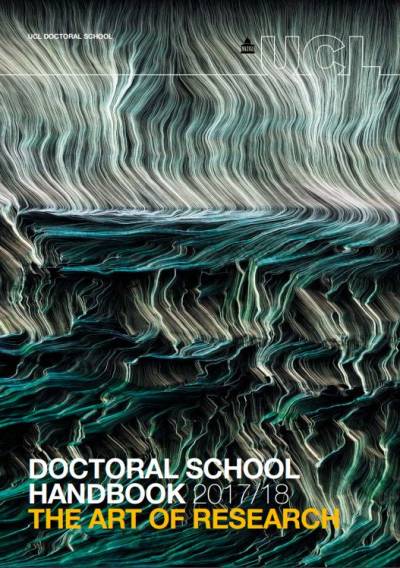|
Abstract
|
The
conventional sources to assess cortisol levels are saliva, plasma or urine
specimens, which are subject to a variety of factors and provide only
momentary cortisol exposure. A rather new technique is the analysis of hair
cortisol which might overcome some of the methodological issues associated
with the other specimens. The aim of the PhD was two-fold. Firstly, I
investigated the associations between hair cortisol concentration and
different socioeconomic factors, work-related stress and psychosocial factors.
Study I employed a design with two time points four years apart and therefore
was able to evaluate psychosocial and socioeconomic factors cross-sectionally
and as a dynamic entity. Lower income and worsening income change was
associated with elevated hair cortisol. Moreover, an effect of status
incongruity, a mismatch between education and income, on hair cortisol was
found. Study III looked at the impact of examination stress on cortisol in
hair and saliva in medical and law students. The student groups differed
slightly in their hair cortisol levels at baseline and also in levels of
anxiety, impeding proper conclusive findings. Perceived stress and anxiety
were not related to hair cortisol but to salivary cortisol. The use of
avoidant coping mechanisms was associated with elevated hair cortisol levels.
My second aim was to evaluate the long-term consistency of cortisol in saliva
and hair and also saliva-hair correlations over corresponding time-intervals.
Using two distinct longitudinal studies (Study I and II), the findings
indicate that a flatter rate of decline in salivary cortisol over the day was
associated with elevated hair cortisol concentrations several years later, 4
(female sample) and 8 years ago (in men only), while no relationship could be
found between hair cortisol in relation to the AUC and the CAR. Another
dataset (Study III) assessing salivary and hair cortisol over corresponding
intervals revealed positive associations between the AUC and hair cortisol.
|
 Close
Close



